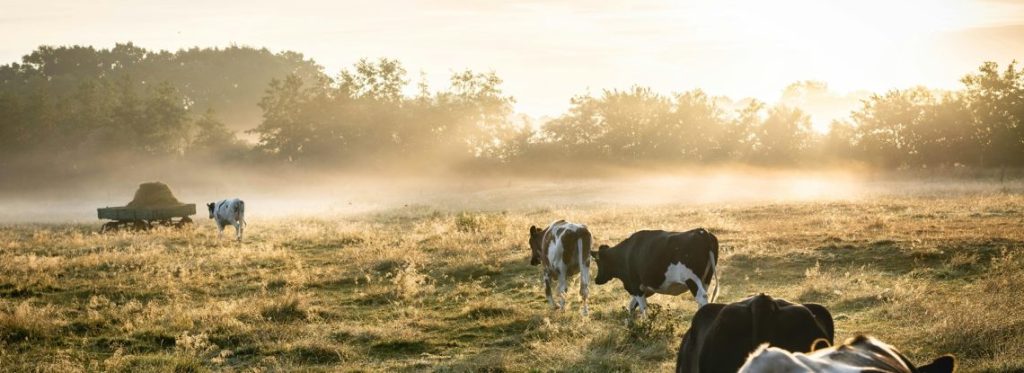The TRANSyT-UPM Transport Research Centre, a leader in mobility research in Spain, is offering a three-year post-doctoral contract to work on national and international research projects in the following research areas Apply here
Author Archives: uniadmin
To engage in debate with the one per cent of sceptics — you’re suggesting there is a debate to be had Read more
Climate researcher Anders Levermann on the need to impose boundaries to economic activity, new opportunities and international developments. Read more
I am responsible for every aspect of this research – a one woman band! I am in control of my schedule, progress of the research and ensuring I am hitting key targets along the way. I am part of a team with 4 supervisors, each with different specialities, who I can go to for support […]
Expansive fields of flowering white daisies are sure to catch your eye if you’re driving through north-west Tasmanian during the summer months, but do you know what the plant is grown for? Tasmania is the world’s largest supplier of pyrethrin, a natural plant-based insecticide found in the dried flower heads of the pyrethrum plant. The […]
For College of Health Solutions doctoral student Fang Zhou, presenting an in-depth research project about nanocarrier functions as an international student at one of the nation’s premier nutritional conferences filled him with nervousness and honor. When he got the email stating he was one of the Graduate Student Research Award Competition finalists, he immediately went […]
On 14 October, the Lancet Commission on Investing in Health 3.0 published the report: Global Health 2050: The Path to Halving Premature Death by Mid-Century. The report highlights what investments are necessary for continued progress in global health and what we should prioritise. The authors argue that we can halve the number of premature deaths […]
This report investigates the role of Swedish climate aid in achieving the objectives of the Paris Agreement. The focus is on catalytic climate-change mitigation finance and the initiatives of three key institutions: the Swedish International Development Cooperation Agency (Sida), Swedfund and the Nordic Development Fund (NDF). The aim has been to evaluate whether the funding […]
Since our last update in June, the H5N1 flu virus has continued to spread in cattle in the US, with multiple spillovers into humans. At present infected animals have been identified in 380 dairy herds over 14 states, with over 30 associated human infections, mainly in dairy farm workers. However, surveillance remains limited and variable […]










